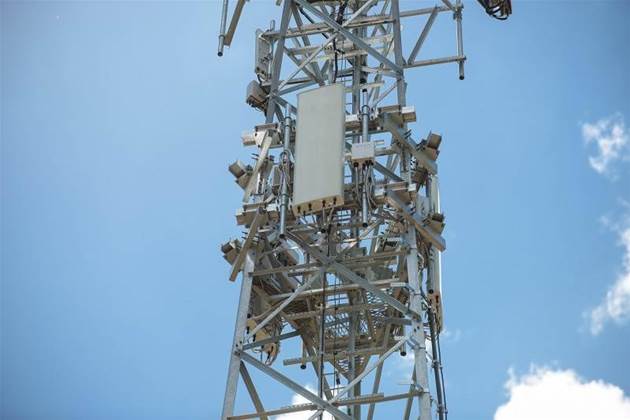The mystery over how 71 Samsung mobile phones were delivered to Australian consumers with firmware problems that might leave users high and dry when trying to make distress calls has deepened.

Furthermore, Samsung contacted iTnews stating that the number of handsets known to have the firmware problem stands at 71, confirming Telstra’s initial statement to customers in October.
iTnews can now also confirm that the firmware problem might have passed under the noses of four layers of handset tests by four separate bodies without ever being detected.
“There [is] a total of 71 models with this configuration, with the most recent mobile device released over four years ago,” a Samsung spokesperson told iTnews.
“Samsung and its carrier partners are working together to notify customers using these mobile devices, which can be rectified via a software upgrade for the majority of customers.
"Replacements will be required for a limited number of older mobile devices released over seven years ago."
Samsung, initially declined to confirm on record that the number of handsets impacted by the firmware problem would be final. However, a spokesperson for the handset maker later confirmed that no more would be discovered with it beyond the 71 that Telstra identified in its testing.
The problem with handsets’ emergency calling capabilities arises as the firmware configuration forces them to exclusively attempt to route triple zero calls to Vodafone’s shuttered 3G network.
When Telstra and Optus’ mobile networks are down or not in reach, the handsets are essentially left struggling to find an alternative way to place an emergency call and might leave their owners unable to reach first responders in a crisis.
All three of Australia’s carriers have taken steps to block the handsets if they can’t be patched, in line with tighter rules recently released by the communications regulator.
Samsung’s statement to iTnews contradicts information that TPG Telecom supplied to this publication late last week.
At the time it said that the handset maker had advised it that more devices with the problem had been discovered since Telstra and Optus announced their plans to block the handsets.
Sources familiar with the matters told iTnews that the discrepancy was due to a miscommunication between TPG Telecom and its handset supplier.
Samsung also provided further details about its testing arrangements for its handsets, which show that the problem wasn’t flagged by engineers before the handsets were released to the market.
“These tests primarily check for compliance with AS/CS S042.1 and 3GPP TS 24.008. Before any product is supplied to Australia, emergency calling functionality on Samsung products is checked and tested by Samsung engineers in Australia, a NATA-accredited third-party laboratory, and if supplied to a carrier, the carriers’ networks engineering teams or certified test lab,” Samsung’s spokesperson told iTnews.
The first clues about the fate of Australia’s 3G network arrived in March 2019 when Telstra began partial shutdowns of its service in the 2100MHz band to provide extra capacity for 4G.
Later that year, in October, Telstra gave customers a five-year warning that it intended to shut down the remainder of its 3G network by October 2024.
Optus also chose this date for the closure of its 3G network.
Vodafone/TPG was the first carrier to complete its 3G network closure with an earlier final shutdown date of December 2023, announcing the move in September 2022.
The Samsung handsets that cannot be updated, according to the handset maker, are all seven years old.
The remaining 60 mobile phones on its list which can be upgraded are understood to be newer devices but released over four years ago.
iTnews yesterday asked the Samsung how the devices initially came to be configured to lock to the outgoing 3G network. It told this publication it would not be commenting further at the time.


_(22).jpg&h=140&w=231&c=1&s=0)


_(20).jpg&h=140&w=231&c=1&s=0)



_(26).jpg&w=100&c=1&s=0)

 iTnews Executive Retreat - Security Leaders Edition
iTnews Executive Retreat - Security Leaders Edition












_(1).jpg&h=140&w=231&c=1&s=0)



